3D Orientation Estimation
Image gradients and directional statistics for determining fibre alignment
We have developed an efficient, parallelisable computational method to determine 3D orientations at a local level. Quantifying the orientation and alignment of cells and fibres in 3D is of growing interest. Tissue function is affected by this alignment and with increases in the development and use of 3D scaffolds in bioengineering there is a need to be able determine their performance.
The algorithm performs the following steps [1]
- Computes the image intensity gradients
- Classifies the vectors into spherical and non-spherical using circularity testing
- Computes the local orientation vectors for the identified non-spherical vectors
- Assesses the distribution of the estimated local orientations over the whole volume
Image Intensity Gradients

- The magnitude of \(\vec{G}\) is large at object boundaries
- The direction is normal to its local orientation
- Concentration of points around the circle
- Orientation of the polar axis
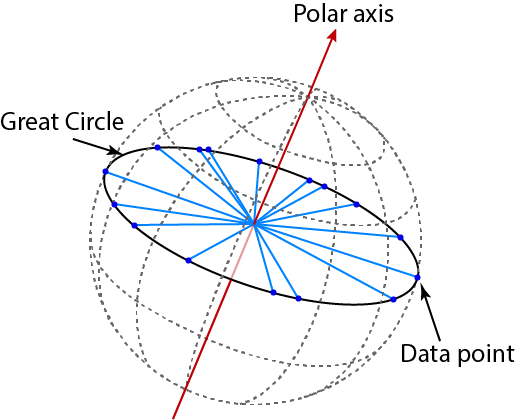
Our solution adapts a maximum-likelihood estimator from spherical statistics to estimate the polar axis using a local region of \(\vec{G}(x,y,z)\) rather than spherical data by:
- Calculating an estimator for a uniform grid of axis angles
- Choosing a pair of axis angles that minimise the estimator
This method is efficient to computer, can perform the per voxel polar axis estimation in parallel and allows for a customisable search space based on the size of the grid.
Complex Statistics
Having obtained a local orientation we need to determine whether the estimate is meaningful, if the local image vectors are spherical then a local orientation angle is meaningless.
Many tests for sphericity are tailored to a particular statistical distribution or are computationally intensive. Our solution is to project the data into the 3 coordinate planes and then test for circularity.
- Data which is non-circular in one or more plane is non-spherical
- Considering only the angles does not give all of the information
- Non-spherical data can be uniformly distributed across all angles
- Using both angle and magnitude shows shows differences in the distributions

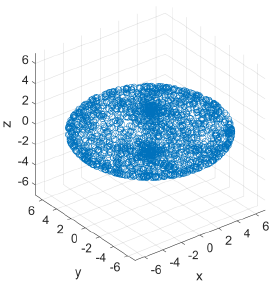
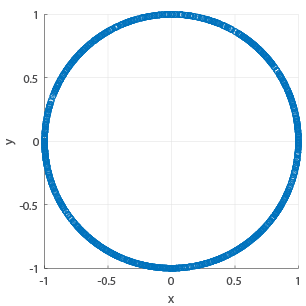
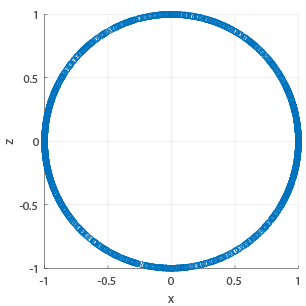
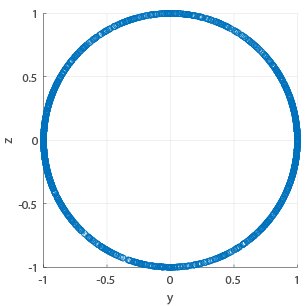
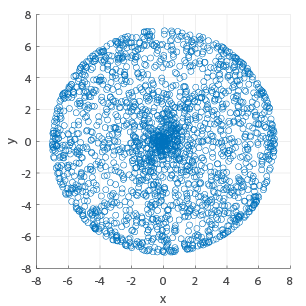
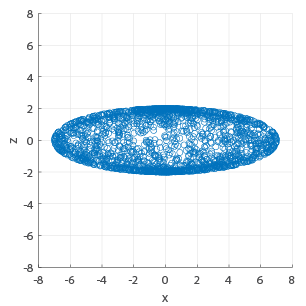
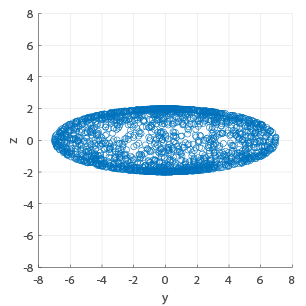
Simulated Fibres
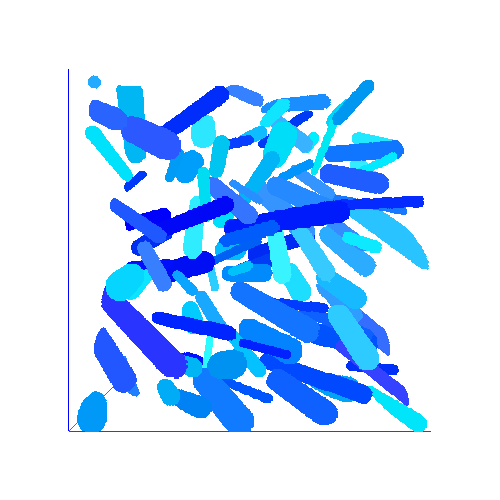
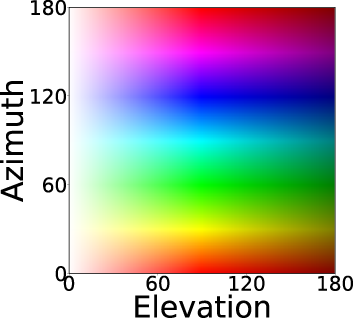

Fibrous Scaffold Data
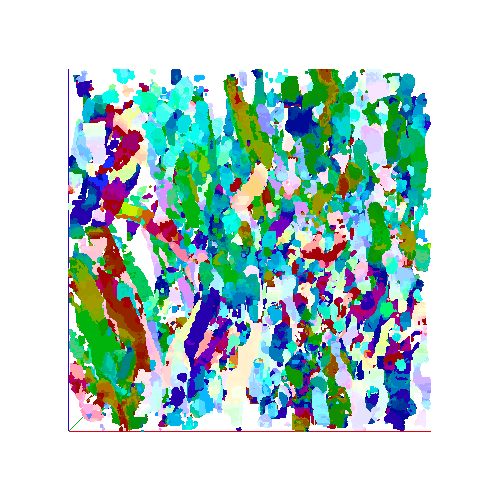

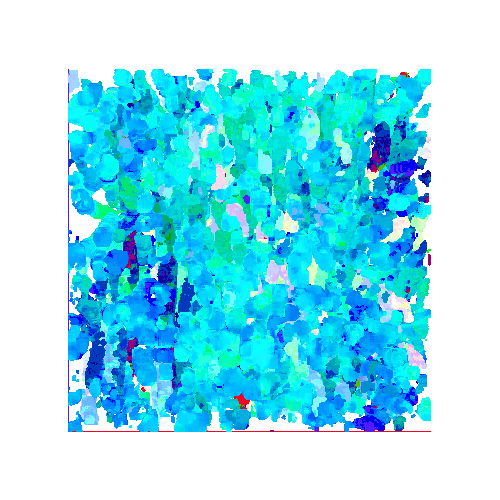
Assessing Distribution of Local Orientations
To assess the distribution of the local orientation angles across the whole volume the local orientation angles are converted to a set of unit vectors. The assessment of their distribution comprises of four measures:
- The three non-circularity measures in each of the planes
- These quantify the sphericity of the overall distribution
- The spherical mean resultant length \(\bar{R} = \lvert\frac{1}{N}\sum_n\vec{v}_n\rvert\)
- This quantifies the concentration of the vectors \(\bar{R}\approx 0\) indicates the vectors are widely dispersed whereas \(\bar{R}\approx 1\) indicates the vectors are heavily concentrated.
| Datasets | Elevation Angles | Azimuth Angles | \(\ell_{XY}\) | \(\ell_{YZ}\) | \(\ell_{XZ}\) | \(\bar{R}\) |
|---|---|---|---|---|---|---|
| Single | 30°--35° | 70°--75° | 0.83 | 0.94 | 0.94 | 0.96 |
| Double | 30°--35° & 110°--115° | 70°--75° & 150°--155° | 0.80 | 0.80 | 0.50 | 0.35 |
| Range | 70°--100° | 90°--120° | 0.64 | 0.80 | 0.51 | 0.89 |
| Random | 0°--180° | 0°--180° | 0.64 | 0.80 | 0.51 | 0.03 |
| Random Scaffold Data | -- | -- | 0.31 | 0.34 | 0.72 | 0.36 |
| Aligned Scaffold Data | -- | -- | 0.73 | 0.57 | 0.07 | 0.89 |
Code
Orientation estimation code can be found here: Orientation